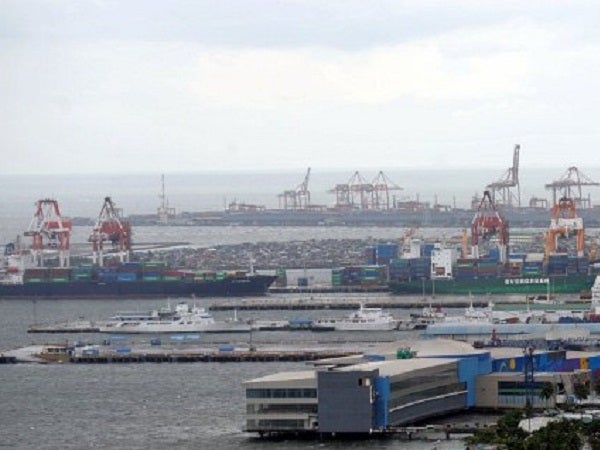 The Marcos administration slashed its trade projections for this year after April readouts showed two-digit drops in exports, imports and two-way traffic amid tepid global demand.
The Marcos administration slashed its trade projections for this year after April readouts showed two-digit drops in exports, imports and two-way traffic amid tepid global demand.
The Interagency Development Budget Coordination Committee (DBCC) now sees a mere 1-percent growth in exports and a 2-percent rise in imports for 2023.ADVERTISEMENT
Just two months ago in April, before first-quarter data were available, the DBCC was expecting the value of outbound cargoes to grow by 3 percent, and of inbound shipments by 4 percent.
The DBCC said their outlook was revised downward “following the trend in near-term global demand outlook and trade prospects.” FEATURED STORIES BUSINESS Citi warns clients of new credit card scam BUSINESS Ramon Ang to pay 120% premium for more shares in SMC parent BUSINESS PSEi extends losses as properties slump
Still, the committee expects exports to stabilize at 6 percent and imports at 8 percent from 2024 through 2028.
Miguel Chanco, chief economist on emerging Asian economies at Pantheon Macroeconomics, described the April print as “an abysmal start to the second-quarter for two-way trade.”
Trade deficit Preliminary data at the Philippine Statistics Authority show that the trade deficit narrowed by 14.9 percent to $4.5 billion in April from $5.3 billion in the same month last year.
At the same time, the slump in exports deepened to 20.2 percent from 9.1 percent.
Also, the downturn in imports worsened to 17.7 percent from 1.2 percent.
Chanco said all three metrics in April were below the consensus forecasts of analysts.
“Two-way trade in the Philippines started off the second quarter on a really bad note, after showing some tentative signs of life in March,” he said.ADVERTISEMENT
“The carnage on the import side was more comprehensive, though the biggest month-on-month drag was from the commodity, minerals and fuel component, suggesting that negative price effects partly were to blame,” he added.
US recession Michael Ricafort, chief economist at Rizal Commercial Banking Corp., observed that exports declined to new lows in nearly three years amid risk of recession in the United States, which is weighing down global demand for goods, investments and other economic activities.
Ricafort also noted that imports were near two-year lows amid lower global commodity prices, which is pushing down the country’s import bill.
“Membership of the [Philippines] into the Regional Comprehensive Economic Partnership (RCEP), which is the world’s biggest free trade agreement and led by China would help attract more [foreign direct investments] to locate in the country as a production or marketing base, as well as an access point to bigger export markets of the other RCEP member countries,” he said.
This “could benefit Philippine exporters in terms of increased export sales to more RCEP member countries at lower tariffs,” he added.
RCEP members include the Philippines, Indonesia, Thailand, Malaysia, Singapore, Brunei, Cambodia, Laos, Myanmar, Vietnam, China, Japan, South Korea, New Zealand and Australia.
“The RCEP would also expand the sources of cheaper imports for foreign investors that manage their respective global supply chains for the country per se with reduced import tariffs for the coming years,” Ricafort said.
“However, this would also mean increased competition for some local producers in view of the influx of cheaper imports from other RCEP member countries for the coming years,” he said.
Your subscription could not be saved.Please try again.
Your subscription has been successful..
